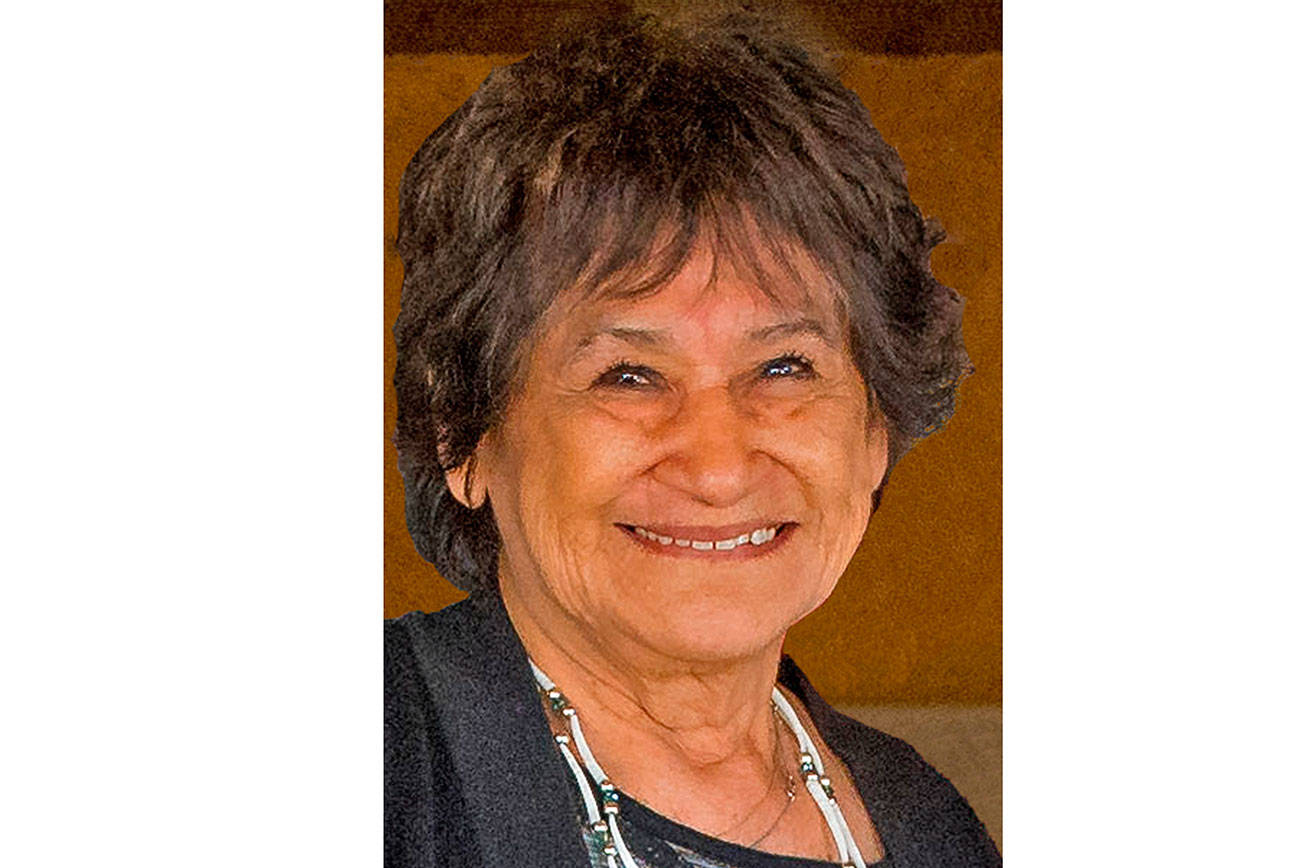“There oughta be a law ….”
So say critics of Marysville’s schools. A law to make kids behave. A law requiring kids to do their homework. A law prohibiting gang activity. A law against graffiti. A law that orders teachers to make kids behave. Laws to penalize whoever doesn’t obey all the laws.
We have laws. Much of what can be done for or to a student is dictated by the Revised Code of Washington (RCW) which is the collection of all state laws now in force. It can be found in Marysville’s Public Library or on the Web (http://apps.leg.wa.gov/RCW/) where searching is easier.
There is always the hope that sweet reason will solve school issues. But when blendings of teachers’ evaluations, parental input and rule-enforcement don’t work, it may become necessary to haul out the legal gobbledee-goop and go to court. Here is the core of the RCWs that bear on student behavior:
28A.600.015 Due process.
“Requires due process regarding suspension or expulsion … When a student suspension or expulsion is appealed, the rules shall authorize the school district to impose the suspension or expulsion temporarily after an initial hearing …”
So after each suspension a school’s principal is left to wonder, what are the odds a parent will demand a hearing? A hearing means a half-day shot plus the cost of a school district lawyer. Nevertheless, parents claim the right to commandeer a principal’s time and energy. Note that the provision says, “initial hearing.” There may be more, in spite of how guilty the child might be.
28A.600.015 Learning atmosphere
“(1) … to ensure that the optimum learning atmosphere of the classroom is maintained …
(2) Any student who creates a disruption of the educational standards … may be excluded.”
This provision requires that teachers attempt to resolve issues first. Certainly, teachers try all alternatives first. Passing a child up the line for “due process” is the last resort.
28A.600.410 Alternatives to suspension.
“School districts are encouraged to find alternatives to suspension including reducing length. School districts are encouraged to substitute community service for suspension.”
The community-service option might work a few times, but the community soon learns that supervising kids with behavior issues can burn a lot of on-the-job time and patience.
28A.600.460 Classroom discipline
“Allow each teacher to take disciplinary action to correct a student who disrupts normal classroom activities, abuses or insults a teacher, disobeys a teacher, uses abusive or foul language … or who interferes with an … educational process.
(1) This provision allows for removal of a student from a classroom for the remainder of his or her attendance at that school.”
This pretty well spells out what children supposedly cannot do. Invoking the second provision removes a child from a classroom — but where is he or she sent? Turn them loose on the streets?
28A.635.10 Abusing or insulting teachers
“Any person who shall insult or abuse a teacher anywhere on the school premises while such teacher is carrying out his or her official duties shall be guilty of a misdemeanor, the penalty for which shall be a fine of not less than $10 and not more than $100.”
Fining a kid $100 for abusing a teacher may bring parents who taught him that behavior onto the scene, a prescription for violence. No one I have talked with has heard of fines being levied for student misbehavior.
28A.635.030 Disturbing school activities
“Willfully creating a disturbance during school hours or school activities is subject to a fine of no more than $50.”
See above.
28A150.220 Alternative education
Since the Basic Education Act (28A.150.220) ensures every child’s access to K-12 education, the provision requires schools to provide alternative education for students likely to be expelled.
Marysville does offer special programs for “at-risk” students which is a blessing for underachievers so long as children with behavioral issues don’t mess it up. Counselors are faced with having to place behavior problems somewhere. Where should that be?
The pupil-teacher ratio for at-risk students is weighted in favor of fewer kids per teacher. With Washington state posting the 47th highest class loads in the nation, every highly-staffed special-needs classroom means more kids in regular classrooms. If the school system completely met the needs of all of Marysville’s special-needs kids, traditional class sizes might swell to 40 children.
28A155.140 How to manage children with handicapping conditions.
Ensures curriculum-based assessment for children with handicapping conditions and calls for a special learning-disabilities program.
Classroom discipline issues arise largely from BD (behavior disordered) or ADHD (attention deficit hyperactivity disordered) students. Once tagged with either of these labels, they are answerable not to regular rules but to a code of discipline that recognizes their “disability,” though they commonly remain in traditional classrooms.
28A.165.025 Learning assistance program
Provides special programs in basic skills areas (reading, writing, math) for underachievers.
If BD or ADHD students are reassigned to a program that offers mainly reading, writing and math, parents may invoke The Basic Education Act which guarantees access to a full-curriculum program of education for all — not just reading, writing and math. What to do then?
An adage says, Laws exist where society fails. So it is with school law. However, it pays to bear in mind that most laws are made to deal with problems, which isn’t the same as solving them.
Comments may be addressed to: rgraef@verizon.net.







